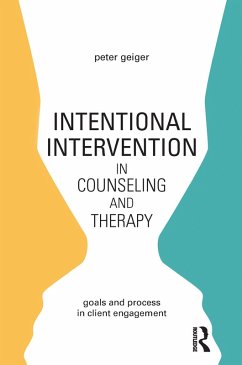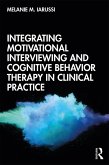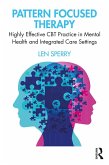Intentional Intervention in Counseling and Therapy answers three questions: what heals in counseling and therapy and how? What actions in clinical decision making ensure an optimal outcome for the client? And why are some clinicians more successful than others, apparently remaining so over time? Incorporating citations across multiple disciplines, referencing authorities in both CBT and psychodynamic models, and interwoven with composite case material and session transcripts, this book unmasks the dialectic between goals and process in clinical work.
Dieser Download kann aus rechtlichen Gründen nur mit Rechnungsadresse in A, B, BG, CY, CZ, D, DK, EW, E, FIN, F, GR, HR, H, IRL, I, LT, L, LR, M, NL, PL, P, R, S, SLO, SK ausgeliefert werden.









